Hibiscus plants are celebrated for their large, colorful flowers that can enhance the visual appeal of gardens and landscapes. This diverse genus includes several hundred species that vary greatly in color, form, and size. Ranging from small shrubs to large trees, the different types of hibiscus thrive in a variety of climates and can be found gracing gardens worldwide.

The types of hibiscus commonly cultivated fall into a few distinct categories. Hardy hibiscus varieties like the Rose of Sharon and the Rose Mallow are well-loved for their ability to withstand cooler temperatures, making them suitable for many temperate regions. Tropical hibiscus varieties, on the other hand, favor warmer climates and are often noted for their strikingly bold hues.
The hibiscus genus also includes some lesser-known varieties that offer unique characteristics to the discerning gardener. From the subtly toned blooms to the vibrantly patterned petals, these varieties contribute to the richness of this group of flowering plants, providing ample choices for personalizing garden spaces. With careful selection, gardeners can enjoy the splendor of hibiscus blossoms through the seasons.
Overview of Hibiscus Species
Hibiscus species are renowned for their large, colorful flowers and comprise a range of plant types including tropical varieties, hardy perennials, and even a few annuals. These flowering plants are categorized primarily by their ability to withstand climates.
Tropical Hibiscus
Hibiscus rosa-sinensis, commonly referred to as Tropical Hibiscus, thrives in warm climates and is celebrated for its vividly colored and sometimes large blossoms. These perennial shrubs need protection from cold temperatures and are best suited for USDA Zones 9 to 12, where the environment allows them to flourish throughout the year.
Hardy Hibiscus
Contrasting with their tropical cousins, Hardy Hibiscus species, such as Hibiscus moscheutos and Hibiscus coccineus, are resilient in colder climates. These perennials can survive in USDA Zones 4 to 9 and enter a dormant state during winter to survive the season. Hardy hibiscus plants tend to die back to the ground in winter and re-emerge in spring.
Rose of Sharon
Another variety within the hardy hibiscus category is the Hibiscus syriacus, also known as Rose of Sharon. This species is adaptable and can be cultivated as a shrub or small tree. It's noted for its late-summer blooms, and unlike other hibiscus species, it produces smaller flowers and has a longer flowering season, which can last from July through September.

Cultivation and Care
Successful cultivation of hibiscus plants largely depends on specific soil and water conditions, optimal sunlight and temperature settings, and regular pruning and maintenance to encourage healthy growth and vibrant blooms.
Soil and Water Requirements
Hibiscus plants thrive in well-draining soil that is rich in organic matter. For the best growth, the soil should be kept moist, but not waterlogged, to satisfy the plant's high thirst levels. Gardeners must ensure that the soil provides adequate drainage to prevent root rot. In tropical regions, where hibiscus is native, the soil naturally tends to meet these conditions. However, in temperate gardens, amending the soil with organic material can help achieve the desired moisture levels. Regular watering is crucial, especially during the warmer summer months, to keep the soil consistently moist.
Sunlight and Temperature
Hibiscus plants demand ample sunlight and fare best in environments that mirror their native tropical climate. They should receive full sun exposure for a minimum of six hours a day to flourish. While they enjoy the warmth, scorching temperatures can be detrimental, so some light afternoon shade may be beneficial in particularly hot climates. These flowering beauties are best adapted to temperatures between 60°F and 90°F and can suffer if exposed to prolonged cold or frost conditions. Most cultivars are sensitive to extremes, so gardeners must consider their local climate when selecting a hibiscus variety.
Pruning and Maintenance
Regular pruning promotes a healthy hibiscus plant by stimulating new growth and may increase flower production. It is best to prune in early spring before new growth begins, removing any dead or weak stems and shaping the plant. Pinching off the tips of the branches can also result in bushier plants with more blooms. Maintenance includes monitoring for pests and diseases, which can be significant stressors for hibiscus. Wipe down leaves with a damp cloth to remove dust and inspect for pests. A confident gardener knows it is crucial to adopt timely care and maintenance practices for a robust hibiscus display in their garden.
Colors and Blooming Patterns
Hibiscus flowers exhibit a mesmerizing range of colors and blooming patterns, from the distinct trumpet shape to the diverse display of single and double blooms. These flowers not only showcase vibrant hues but also follow specific seasonal blooming cycles.
Single and Double Blooms
Hibiscus flowers come primarily in two types of blooms: single and double. Single blooms present a more traditional look, typically showcasing five petals around a prominent stamen. In contrast, double blooms feature layered petals, creating a fuller and more ruffled appearance. For example, the Marianne Charlton variety is revered for its double-ruffled petals, which enhance the flower's ornamental appeal.
Seasonal Blooming
The blooming season of hibiscus flowers varies across different types. Many varieties bloom throughout the summer months and into fall, ceasing when colder temperatures set in. Some types, like the Rose Mallow, known for their bright pink blossoms, can grow several feet high and thrive under ample sunlight, especially during the morning.
Color Varieties
Hibiscus flowers boast an impressive array of colors. They range from pink, which denotes a soft and romantic vibe, to purple and blue bird hints, exuding a more regal presence. The warmer tones include bright red, which is strikingly vivid, bright orange, and yellow, each adding a burst of cheerfulness to a garden. White and cream varieties offer a classic elegance, and some such as the double ruffled petals of the Marianne Charlton bloom exhibit intricate shades with light pink and white edges. The lush green, sometimes glossy leaves of the hibiscus plant, further contrast and complement the flowers' brilliance.

Geographic Distribution and Climate Adaptation
Hibiscus species exhibit a wide distribution, thriving in various climates from tropical to temperate zones. Their adaptations allow them to flourish in specific environmental conditions.
Tropical vs. Temperate Species
Tropical Hibiscus plants, such as the Hibiscus rosa-sinensis, are native to Asia and the Pacific islands, including Hawaii. These species typically prefer warmer climates, flourishing in zones 10 and above, where temperatures rarely dip below freezing. In these regions, the consistent warm weather and high humidity provide an ideal environment for growth and flowering.
In contrast, temperate hibiscus species, like the Hibiscus syriacus, can tolerate cooler conditions and are often found in North America. These hardy hibiscus varieties are well-suited for colder climates, managing to survive in zones as low as 5. They enter a dormant state during winter, conserving energy to reemerge during the spring and summer months.
Native and Invasive Regions
Tropical regions, notably Hawaii, are renowned for their native Hawaiian Hibiscus (also known as the scarlet rose mallow) varieties that have evolved to thrive in the island's specific ecological niches. However, due to their attractive flowers, many hibiscus species have been transported and cultivated beyond their native habitats, sometimes leading to invasive behavior in non-native regions.
In areas of North America, particularly the southern states, tropical hibiscus varieties are often cultivated as ornamentals, while hardy species are more common in the northern regions. The adaptability of the genus Hibiscus to different climates highlights the plant's versatile nature, but it also requires careful management to prevent certain species from disrupting local ecosystems.
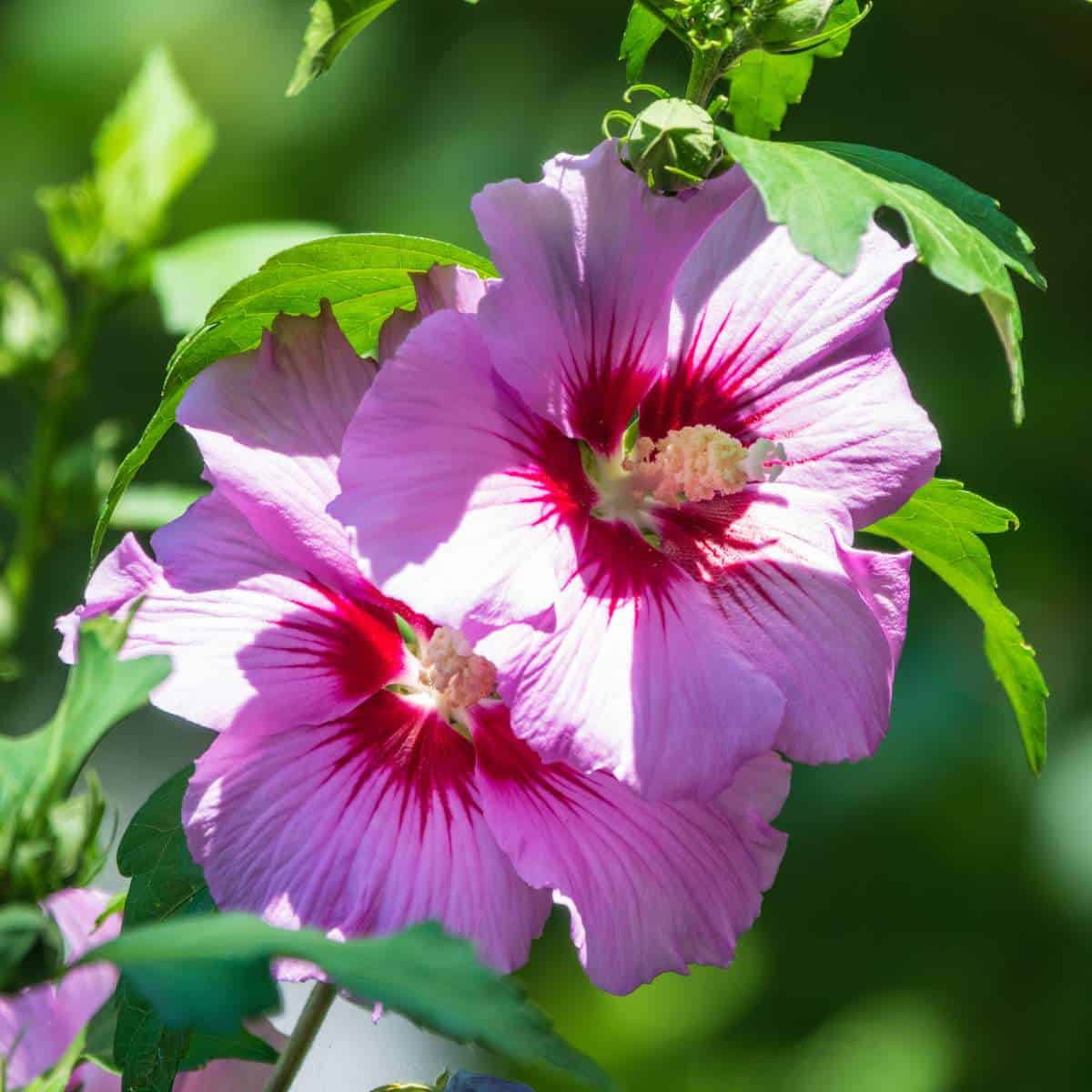
Notable Hibiscus Varieties and Their Features
This section explores the diverse and captivating varieties of hibiscus plants, each with distinct colors, shapes, and growing conditions that appeal to gardeners and enthusiasts alike.
Hibiscus Rosa-Sinensis
Hibiscus rosa-sinensis, commonly known as the Chinese hibiscus, features large, vibrant flowers that come in a multitude of colors. An evergreen shrub that can reach up to 15 feet in height, it is perfect for adding a tropical flair to the landscape. The variety 'Luna Red' is particularly noteworthy for its deep red blooms, while 'Luna Pink Swirl' offers a unique pink and white patterned flower.
Hibiscus Syriacus Varieties
Hibiscus syriacus, or the rose of Sharon, is a hardy plant known for its prolific flowering and ability to withstand cooler climates. Typically reaching 8-12 feet tall, these shrubs produce blooms that can be single or double. Varieties like 'Blue Bird' with its striking blue flowers and 'Diana' with pure white blossoms are popular among gardeners. It's worth mentioning that the rose of Sharon is adaptable and resists most pests.
Unique and Uncommon Hibiscus Types
Beyond the popular varieties, there are more unusual types of hibiscus such as Hibiscus moscheutos or rose mallow, known for its large, striking flowers and preference for wet, swampy areas. Hibiscus mutabilis, or confederate rose, changes color throughout the day and grows well in the southern United States. Hibiscus coccineus, or scarlet rose mallow, stands out with its bright red, star-shaped flowers. Another unique type is Hibiscus acetosella, the red-leaf hibiscus or African rose mallow. This variety is admired for its maroon-colored foliage as well as its flowers.
In contrast, the sea hibiscus displays more muted tones with flowers that transition from cream to pink as they age. For those seeking rarity, the rock hibiscus species offer resilience in arid conditions, showing how the hibiscus genus thrives across various climates and landscapes.
Landscaping with Hibiscus
Hibiscus plants bring beauty to any landscape with their showy flowers and dark green leaves. They excel in gardens under full sun as well as in containers, providing versatility in design and placement.
Garden Design
When incorporating hibiscus into a garden design, full sun locations are essential for optimal blooming. These perennial shrubs thrive in well-draining soil and can create stunning focal points. Hibiscuses can be planted alongside other plants that share similar sunlight and watering needs, forming a harmonious landscape. Their unique blossoms add a tropical flair to any garden setting, and with numerous varieties to choose from, the possibilities for garden creativity are vast.
Containers and Potted Hibiscus
For those with limited space or unsuitable soil conditions, hibiscus plants adapt well to container living. When planting in containers, ensure pots provide ample room for root growth and have drainage holes to prevent waterlogging. In pots, these plants can bring a touch of the tropics to patios, balconies, and even indoors with sufficient light. Containers also afford gardeners the ability to move hibiscus to catch the full sun or to protect them from extreme weather.
Hibiscus as Privacy Screens and Hedges
Hibiscus shrubs can serve a functional role as privacy screens or hedges due to their dense foliage. Deciduous varieties will lose leaves seasonally, but evergreen types will provide year-round screening. For hedges, choose robust species that can be pruned to maintain a desired shape and height. Placed along property lines or as garden dividers, they enhance privacy while adding an aesthetic appeal with their colorful, showy flowers.
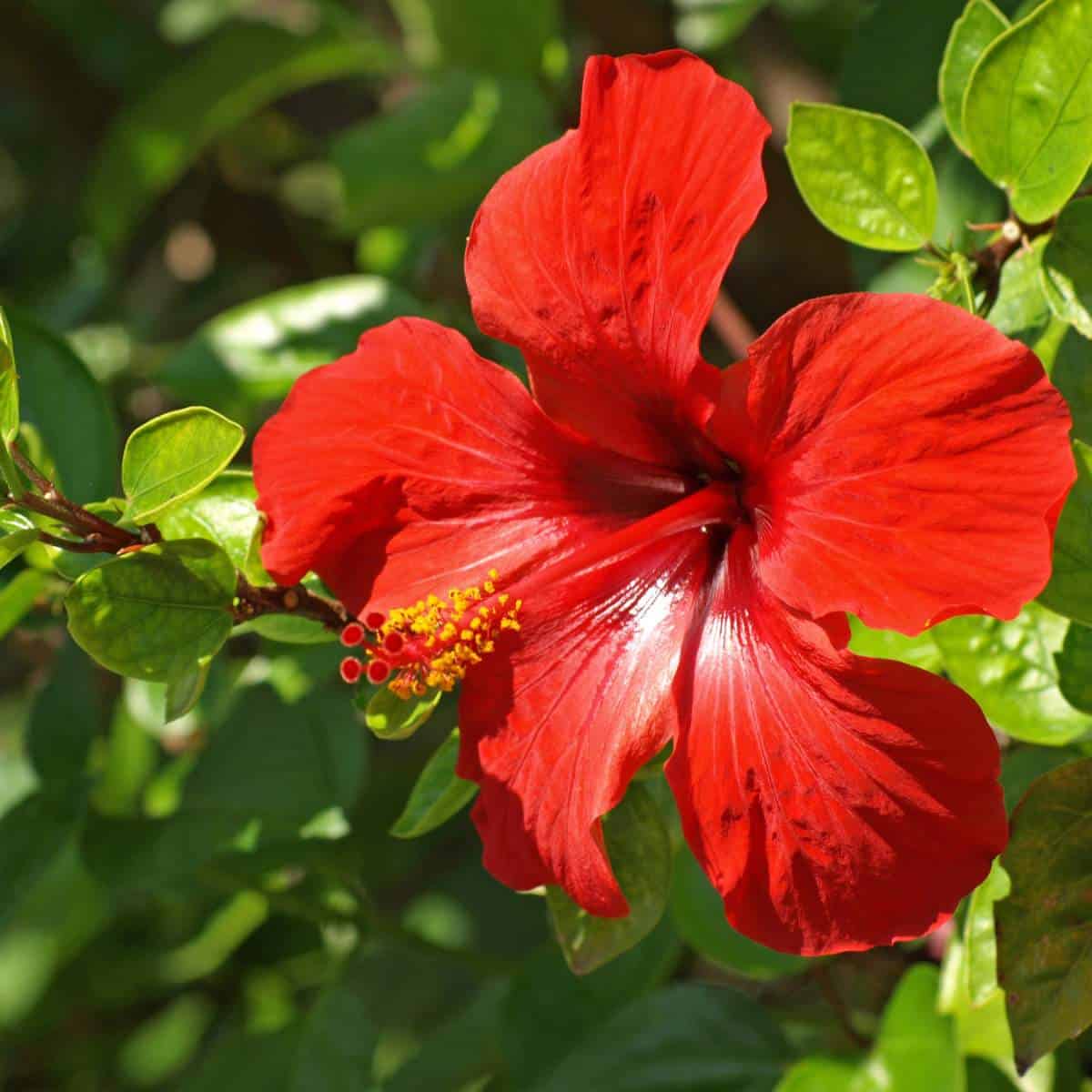
Hibiscus and Wildlife
The hibiscus plant is not only known for its beautiful blooms but also plays a vital role in supporting local wildlife—particularly pollinators such as bees, butterflies, and hummingbirds.
Attracting Pollinators
Hibiscus flowers serve as a magnet for a range of pollinators. These blooms offer a source of nectar, particularly attractive to butterflies and bees. With their large, colorful, and trumpet-shaped flowers, hibiscus plants can significantly contribute to the biodiversity of a garden by creating a hospitable environment for these important pollinators. The fertile flowers of certain hibiscus varieties ensure that these visitors are well-rewarded for their pollinating efforts.
Offering Food and Shelter
Apart from providing nectar, hibiscus plants offer both food and shelter to local fauna. Their dense foliage can serve as a protective habitat for various creatures. Hummingbirds, drawn to the vibrant flowers, often flit from bloom to bloom, savoring the sweet nectar. Beyond offering food, the structure of the hibiscus plants allows small birds and other wildlife to take refuge within their branches, contributing to a thriving ecosystem in one's garden space.
Hibiscus Uses
Hibiscus is renowned for its edible flowers, which add a splash of color and a unique, tangy flavor to various dishes. In addition to their decorative appeal, these flowers are packed with nutrients, making them a healthy addition to salads, desserts, and other culinary creations. Perhaps the most famous use of hibiscus is in the realm of beverages, where the dried petals are steeped to make hibiscus tea. This herbal infusion is not only cherished for its deep, ruby-red hue and refreshing tart taste but also for its potential health benefits, including supporting cardiovascular health and aiding digestion. Whether used for its aesthetic charm or health-promoting properties, hibiscus stands out as a multifaceted plant with much to offer.



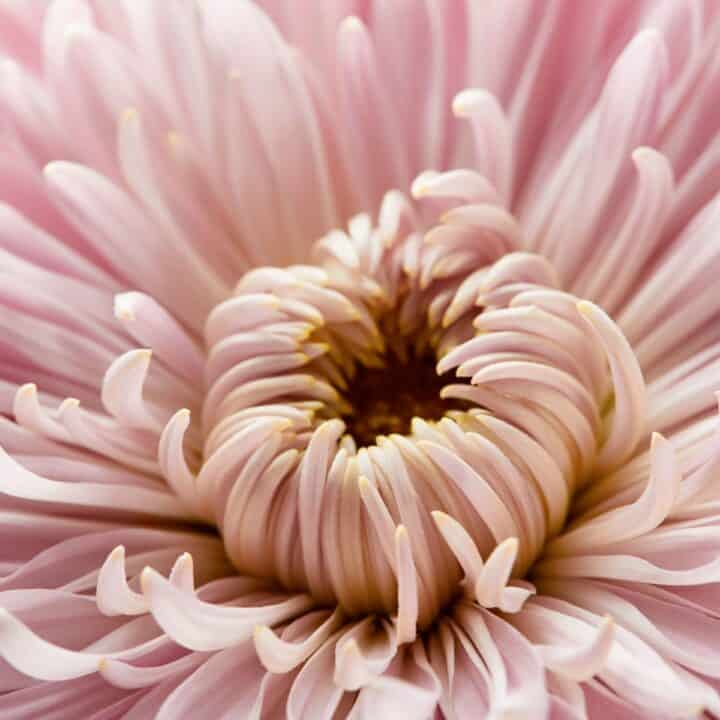
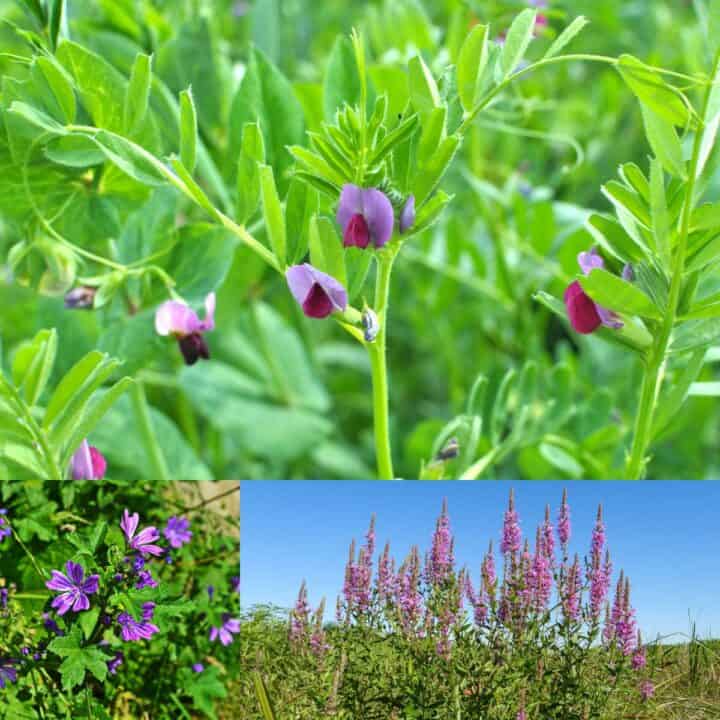
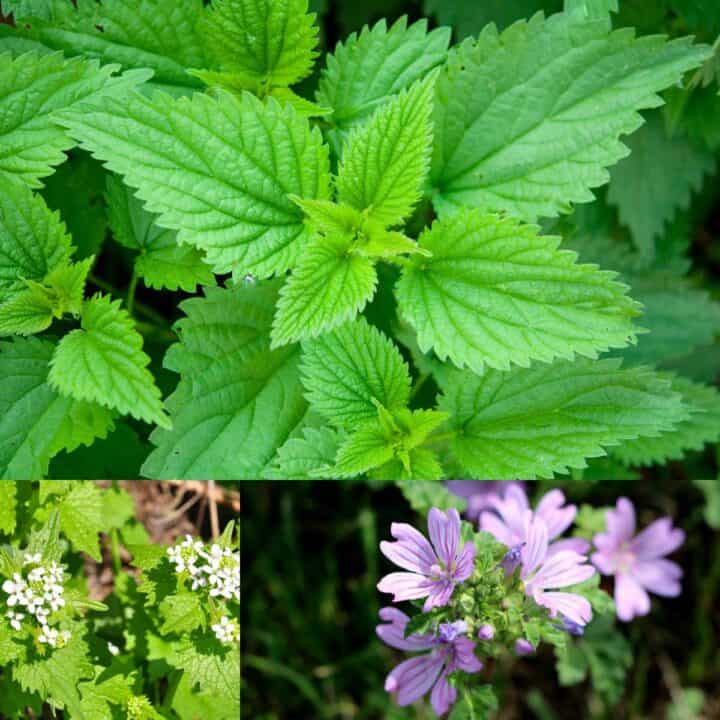
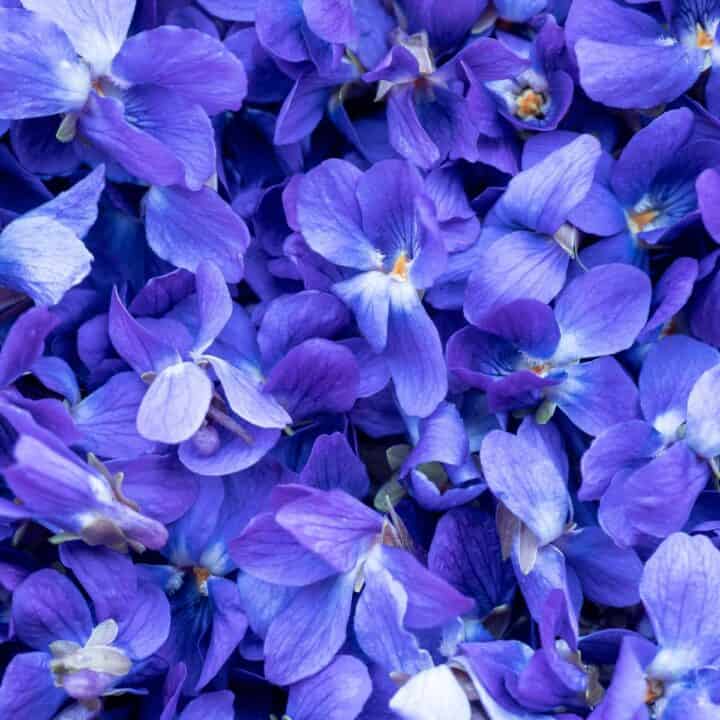
Marian says
Thank you for the detailed information on cultivation and care, especially the tips for pruning and maintenance. Can't wait to put this knowledge to use and create a stunning hibiscus garden!